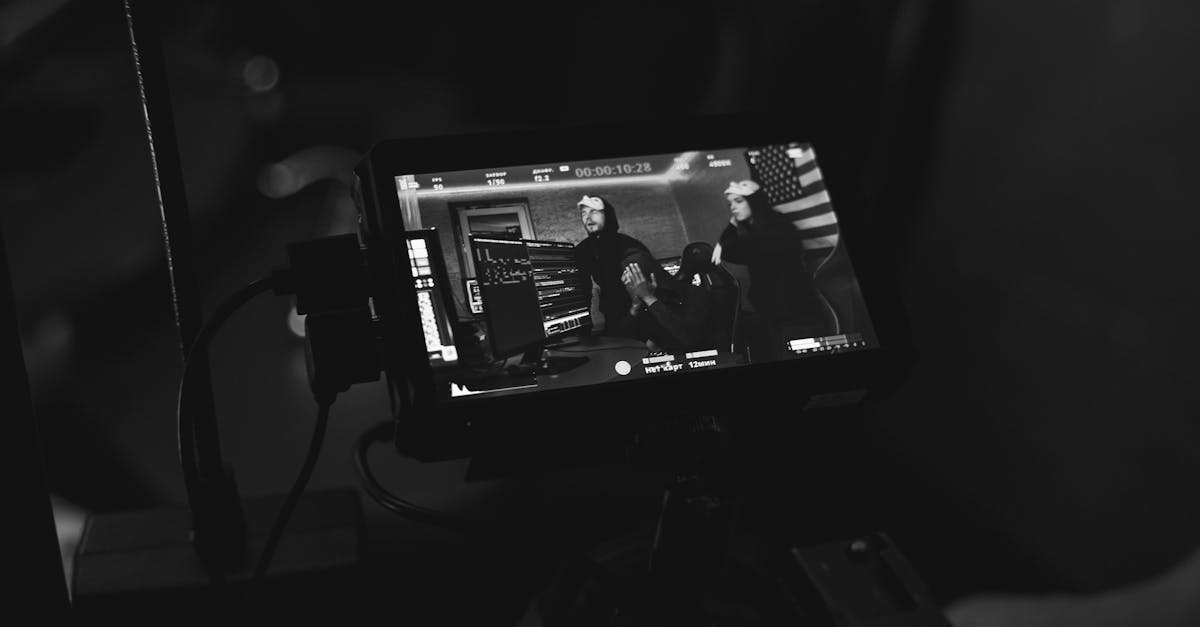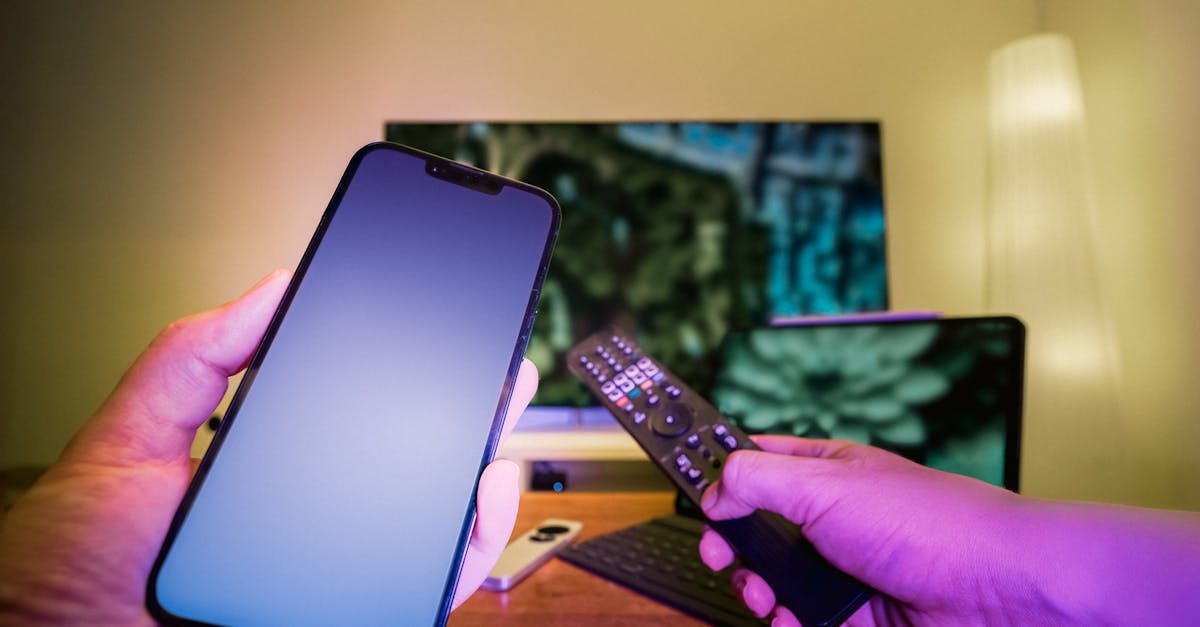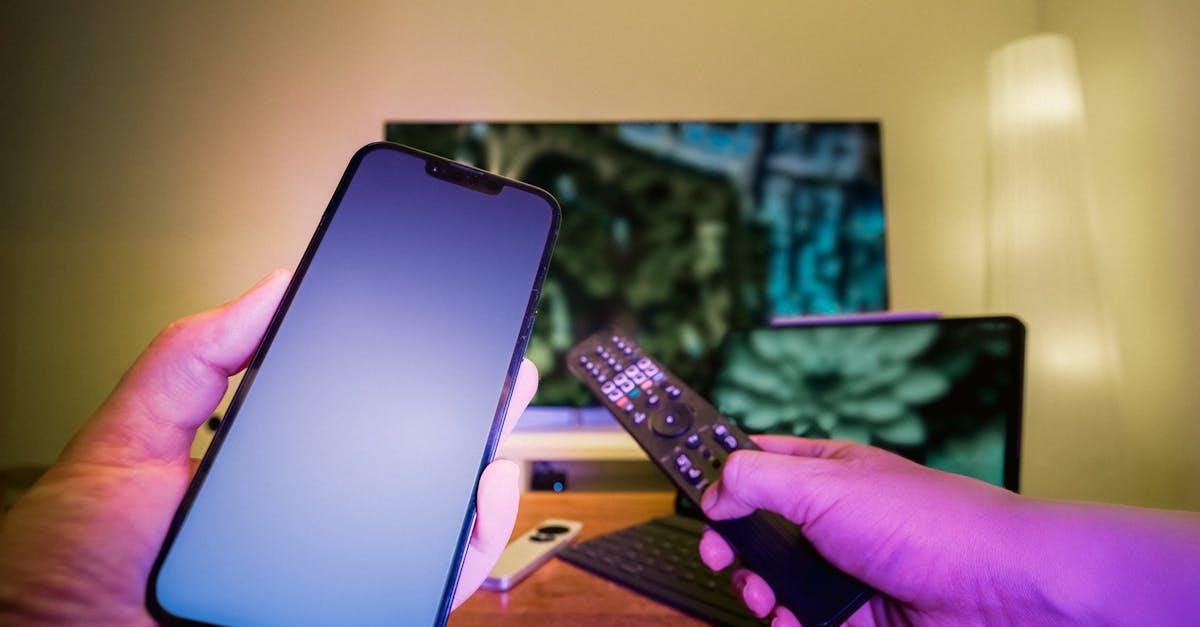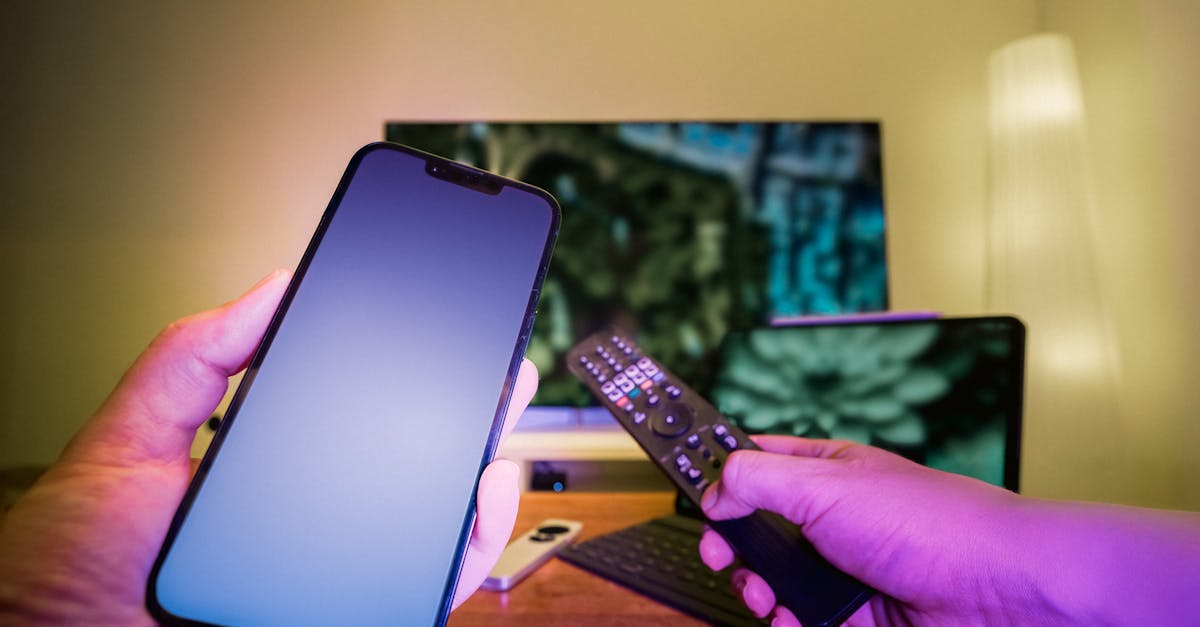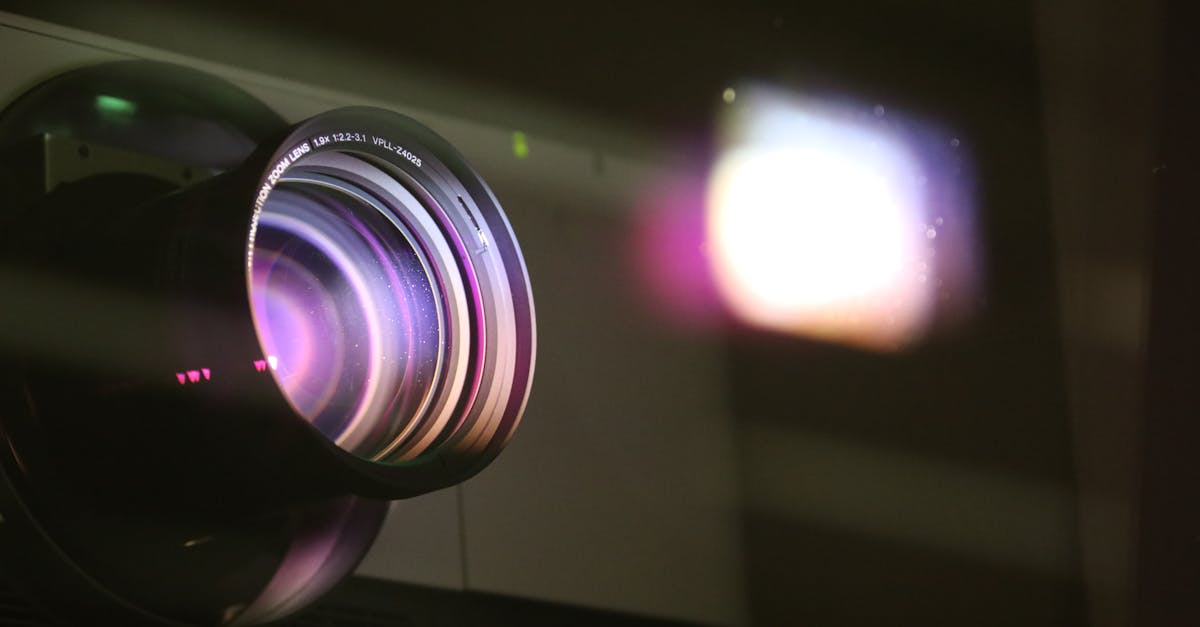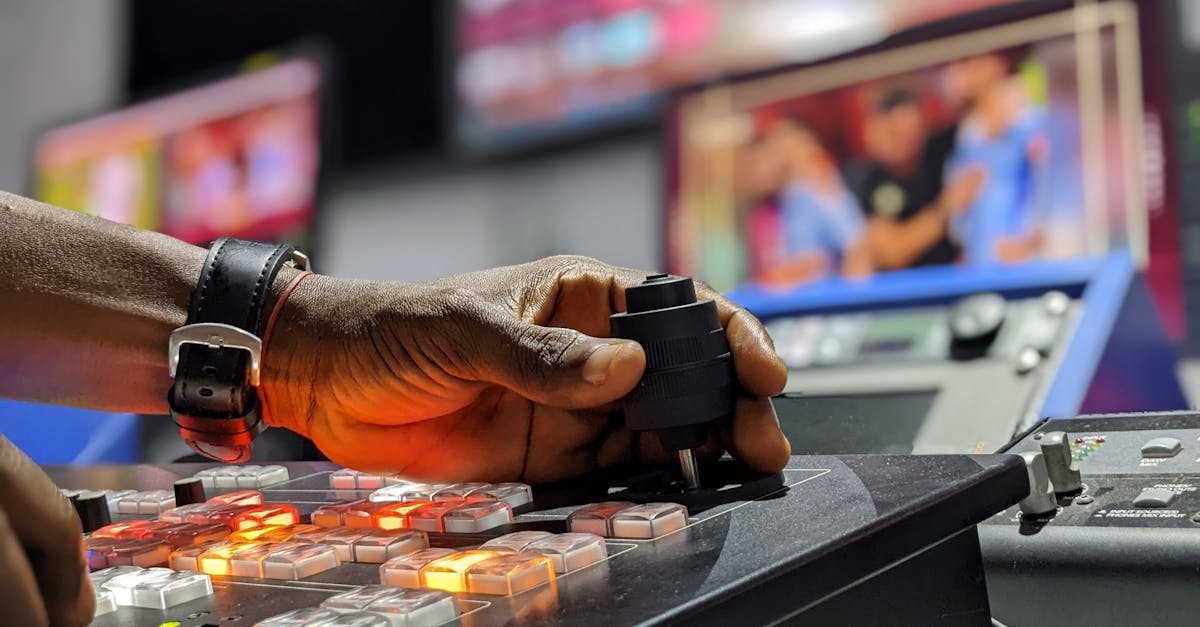Illuminating TV in 2029 Spotlight
A Glimpse into 2029 Television Trends
Television in 2029 has shifted dramatically, shaping entertainment landscapes with technological innovation and creative content. At the heart of these changes are advancements like immersive holographic displays and AI-driven narratives, offering viewers unprecedented interaction. Additionally, streaming services, having grown from strength to strength, dominate over traditional broadcast, offering diverse content catered to niche interests. The rise in virtual reality and augmented reality technology also plays a pivotal role, allowing viewers to step into their favorite shows. With these strides, TV is not only a form of entertainment but also an immersive experience—one that connects our emotions with advanced tech. Here, we explore what's making television in 2029 uniquely captivating.
Advertisement
Technological Innovations Transforming TV
At the core of recent TV innovations is the advent of holographic displays, which replace the traditional flat screens of yore. Offering a 3-dimensional viewing experience, holographic TVs have become the norm in modern households. AI-driven narratives now allow shows to react and adapt based on viewer feedback, creating a personalized storyline for each audience member. Virtual reality lenses, meanwhile, allow viewers to enter virtual environments of their beloved series, interacting with characters and influencing plot outcomes. Augmented reality adds another layer by overlaying digital elements onto the physical world, merging reality with fiction in captivating ways. Together, these innovations enrich storytelling, making narratives more participatory and engaging.
Advertisement
Dominance of Streaming Services
As of 2029, streaming services continue their reign, overshadowing traditional broadcast TV with diverse and on-demand content. Platforms such as Vizstream and CineCloud have emerged, catering to specific interests ranging from historical reenactments to speculative sci-fi. Unlike conventional TV networks, these services operate without strict schedules, giving viewers the freedom to watch at their convenience. Algorithms that analyze viewer preferences further enhance personalized content recommendations. Live streaming, too, has gained traction, filling the gap for those who miss the immediacy of live television. The blend of tradition and innovation maintains the allure of serialized content while appealing to contemporary preferences.
Advertisement
Interactive and Immersive Storytelling
The boundary between viewer and screen has blurred, with interactive storytelling placing audiences at the heart of narratives. By leveraging AI and machine learning, series can now morph dynamically, reacting to choices made by the audience. This relationship between viewer input and narrative output allows for multiple story arcs, ensuring no two experiences are the same. Viewers can extract insights from characters by interacting directly with them—a technological leap reminiscent of classic choose-your-own-adventure books. Game-influenced elements add depth to stories, inviting audiences to not just consume but engage with content actively. Such innovations herald a new era where TV evolves past passive consumption.
Advertisement
The Role of AI and Machine Learning
Artificial intelligence plays an instrumental role in shaping television evolution, driving the personalization of content. AI algorithms scour viewers' playback histories, preferences, and even emotional responses to tailor recommendations. Advanced AI can predict and generate real-time scenarios, offering plot twists based on collected data. Series like "The Temporal Loop" adapt plots depending on user choices, marrying traditional storytelling with AI's predictive capabilities. The influence of AI extends to content creation, assisting writers in ideation, editing, and scriptwriting. This synergy allows for richer, more diverse narratives that resonate closely with viewers' desires.
Advertisement
The Social Aspect of TV in 2029
Television's social dimension has expanded in 2029, encouraging community interaction and discourse around shared content. Social media platforms integrate seamlessly with streaming services, fostering real-time discussions and facilitating community events. Unique features, like 'view-along' modes, simulate watching with others despite physical distance, inviting global viewers into a shared space. Integrated chat services and digital social rooms allow fans to dissect episodes, speculate on future plotlines, or engage directly with creators. Television, in this framework, becomes a medium that connects individuals, turning solitary viewership into a communal activity celebrated worldwide.
Advertisement
Cross-Cultural and Diverse Content
In 2029, television embraces diverse voices by providing platforms for underrepresented cultures and narratives. Shows like "Voices of the World" explore global traditions and societal issues from unique perspectives, creating cross-cultural connections. This diversity is reflected in language preferences, with subtitles and dubbing available in multiple languages, catering to global audiences. Additionally, international co-productions bring varied storylines to light, blending cultural elements harmoniously. Such collaborations promote empathy, knowledge, and acceptance by exposing viewers to experiences vastly different from their own. Television thus acts as a bridge, facilitating broader cultural dialogue across the globe.
Advertisement
The Evolution of Viewing Devices
With 2029 technology, the devices we consume TV on have evolved to align with modern needs. Luminous and flexible displays replace hefty screens, offering unparalleled clarity and user-friendliness. Portable holographic projectors bring episodic content to life, making it accessible beyond conventional indoor settings, like on-the-go viewing in public transport. Lightweight VR headsets personalize viewing experiences, immersing users entirely in story-world environments. These devices offer exciting opportunities for spontaneous and adaptable consumption, accommodating various preferences and settings. They're a testament to the ongoing convergence between personal smart technology and entertainment, making screens seem passé.
Advertisement
Sustainability Considerations in Modern TV
The rise in eco-consciousness has influenced television production and display systems. Sustainable practices, such as energy-efficient LED or OLED screens and recyclable materials, reflect an industry adapting to environmental concerns. Production houses adhere to green standards, ensuring set designs and filming practices have a reduced carbon footprint. Streaming services encourage reduced energy consumption through efficient data centers and network optimizations. Collaborations with sustainability-focused organizations further highlight this commitment. As a pioneer in entertainment, TV in 2029 exemplifies an equilibrium between cutting-edge technology and responsible production, ensuring entertainment doesn't come at the planet's expense.
Advertisement
Conclusion
In 2029, television stands at the forefront of technological and cultural evolution, bridging the gap between fiction and reality. Through immersive storytelling, personalized content, and cross-cultural representation, TV not only entertains but also connects. Advanced innovations redefine the relationship between audiences and media, blurring lines between viewers and participants. Reflection on sustainability shows a shift towards eco-friendly practices, securing the medium's future. As technology continues to advance, the future of television promises an enriched, interactive experience that celebrates diversity, engagement, and environmental responsibility.
Advertisement
